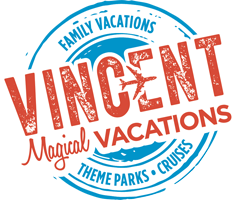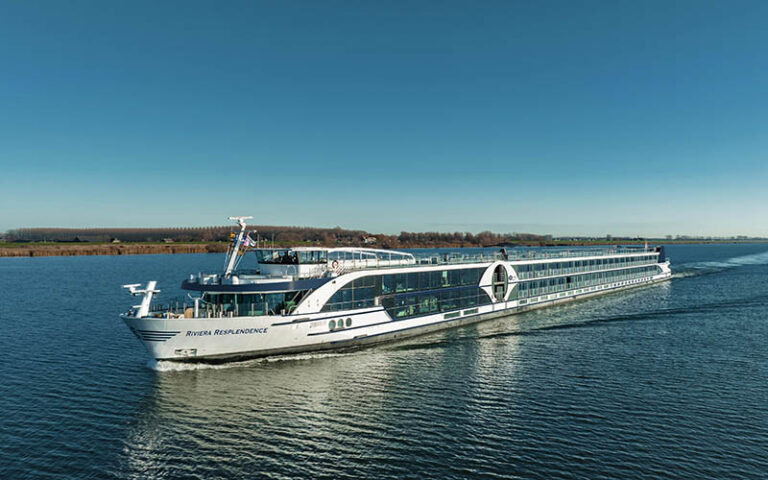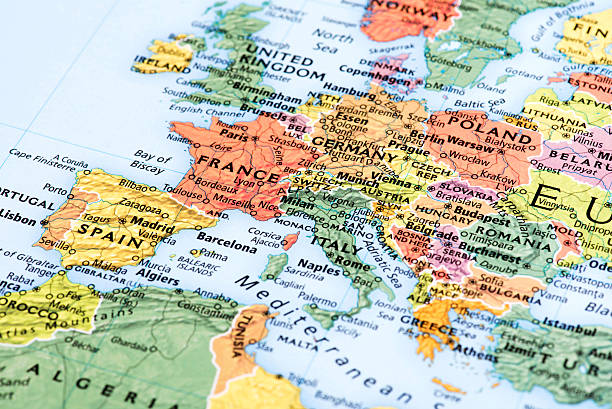We recognize that Disney vacations are not just an investment, but often the highlights of our lives, and we take that responsibility seriously. We want to ensure you have the best vacation experience.
Interested in a job in travel? Click here to learn: How to Become a Disney Travel Agent
Overview
Introduction
Slovakia deserves its own turn in the spotlight. When it split from the Czech Republic in 1993, Slovakia got the heavy industry and a less progressive government. The Czechs got the tourist sites, most of the economic opportunity and the "buzz" on the international scene. But with its flood of visitors, the Czech Republic also acquired some of the less appealing aspects of a tourist hot spot, including overbooked hotels and predatory pricing.
Today, however, Slovakia has much for tourists to discover. Its mountain villages maintain a traditional way of life, and its cosmopolitan capital city, Bratislava, is home to chic boutiques and international restaurants and hotels. Slovakia is also well-known for its spa towns and boasts some of the largest caves and ice caverns in Europe. For a vacation that won't tax your budget, Slovakia offers much to see and do.
Geography
Slovakia is bordered by Austria, the Czech Republic, Hungary, Poland and Ukraine. Much of the country is mountainous and filled with picturesque valleys and streams. The country's main river, the Danube, flows along its southern border and connects Bratislava with Vienna and Budapest; the Tatras and Carpathian mountains hug much of the country's northern border. Although the eastern region is dominated by heavy industry, the mountainous central region and fertile farm country of the western region are quite beautiful.
History
After it put in historical stints as part of the Great Moravian Empire, the Holy Roman Empire, the Austro-Hungarian Empire and the Republic of Czechoslovakia, Slovakia's next period of existence as a nation was as a German puppet state during World War II. That time is best known for the National Slovak Uprising, a short-lived rebellion against the Germans in 1944. Many cities have monuments or museums commemorating the event. After World War II, Slovakia was reintegrated into a Czechoslovak Socialist Republic—with the Soviet Union being, in effect, the new occupying power.
Following the 1989 overthrow of communism in the series of events known as the Velvet Revolution, the new Czech-dominated government rechristened the nation the Czechoslovak Republic. Under this new partnership, the increasingly nationalistic Slovaks protested that not enough emphasis was given to their cultural identity. A compromise in the form of a name change (the Czech and Slovak Republic) was not enough: Populist leader Vladimir Meciar, with tacit support from Czech Prime Minister Vaclav Klaus, went forward with plans to divide the country in what is now called the Velvet Divorce. The new nation, called the Slovak Republic, was born on 1 January 1993.
The biggest problem in Slovakia's development—and one of the main reasons why, unlike its neighbors the Czech Republic, Hungary and Poland, it was not on the fast track for membership in the European Union or NATO—was the authoritarian leadership of Vladimir Meciar. Elected prime minister when Slovakia gained independence, Meciar angered Western governments by cultivating ties with Russia, intimidating Slovakia's free press, marginalizing ethnic Hungarian and Roma minorities, and carrying out bizarre plots to consolidate his power.
Fed up with the lack of progress, Slovakians voted Meciar out of office in 1998. Under the leadership of President Rudolf Schuster and Prime Minister Mikulas Dzurinda, Slovakia made progress in its alliances with the West. In spring 2004, it joined NATO and became part of the European Union.
Today, Slovakia continues to develop the free-market-oriented reforms started by the Dzurinda government. It is also expanding both its trade and tourism sectors. In December 2007, Slovakia joined the Schengen Agreement, which opened the land and seaport borders between Slovakia and the other EU countries that are its neighbors. Then the euro was adopted in January 2009. These actions now allow a freer flow of both goods and people into, and out of, the country.
Snapshot
Slovakia will impress with beautiful scenery, caves, castles, skiing, historical sites, Bratislava's variety of architectural styles, cultural events, health spas, folk costumes and folk art, churches, mountain climbing, hiking and quaint villages.
Slovakia will also appeal to travelers who may already be in the region (Bratislava is not far from Vienna, Austria, and Budapest, Hungary) and would like to see a little more of central Europe. The countryside is scenic but only to those who have the time to appreciate small villages and rugged landscapes. Independent travelers may find language to be a barrier outside of the large cities and tourist areas.
Potpourri
Following the creation of Czechoslovakia in 1918, Bratislava was briefly renamed "Wilson" in honor of U.S. President Woodrow Wilson.
Alexander Dubcek, whose idea of "socialism with a human face" flowered during the Prague Spring in 1968, was born in the small Slovak village of Uhrovec, near Trencin.
Slovakia's capital is still called three different names by different ethnic groups. It is "Bratislava" for Slovaks, "Pressburg" for Germans and "Pozsony" for Hungarians.
Artist Andy Warhol's parents were from Medzilaborce, a small town in eastern Slovakia near the border with Poland. The town's Warhol Family Museum of Modern Art, on Avenue Warhola, displays some of the artist's works and personal items.
Slovakia boasts around 4,000 registered caves, and the karst cave system it shares with Hungary is listed as a UNESCO World Heritage feature. Most unusual is the aragonite cave in Ochtina, which has growing crystal formations and is one of only three caves of its kind that's open to the public.
Bratislava served as the capital of Hungary in the 16th century, when the Turks overran Budapest.
The city of Lucenec, in southern Slovakia, is home of world-renowned Bohemian crystal.

































